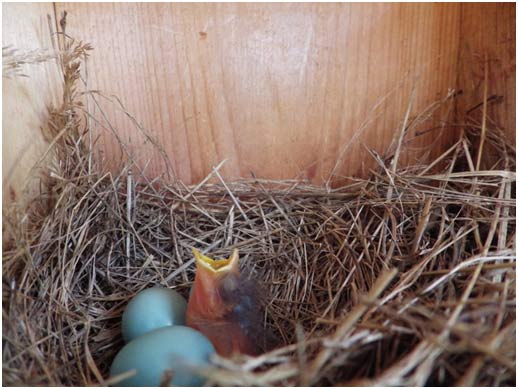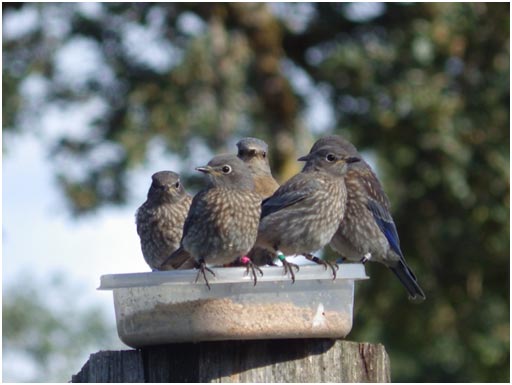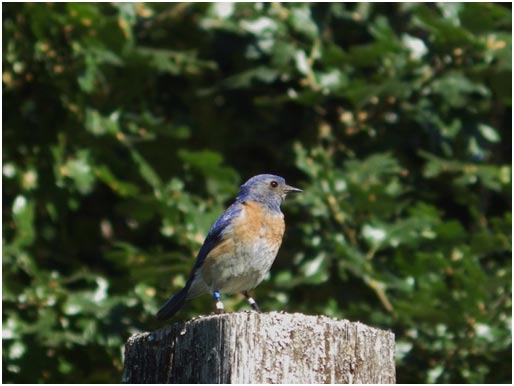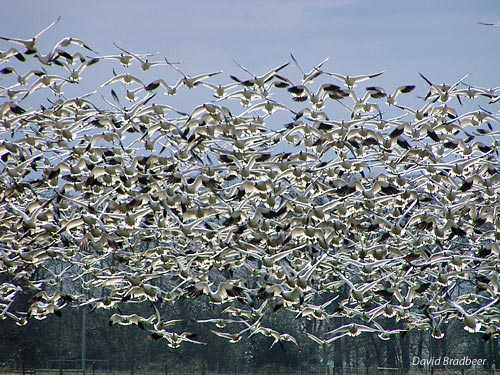Although roads are vital transportation corridors for humans, they often have the opposite effect on wildlife, cutting off their normal routes to and from food and water or blocking their seasonal migrations.But, efforts are underway to connect amphibian habitats across roads without the carnage.
With the help of funding from the Habitat Conservation Trust Foundation, Clayoquot Biosphere Trust, B.C. Ministry of Transportation and Environment Canada’s Habitat Stewardship Program, coastal ecologist Barbara Beasley of the Association of Wetland Stewards for Clayoquot and Barkley Sounds, has been spearheading a project to create tunnels for safe passage under roads.
She is hopeful that will reduce mortality among five species including the red-legged frog, which is listed as a species of concern.They have also identified northwestern salamanders, rough-skinned newts, western red-backed salamanders and Pacific chorus frogs.
The test project is underway on Highway 4 south of a four-hectare wetland called Swan Lake near the Tofino-Ucluelet-Port Alberni junction, but she’s optimistic the results can be applied elsewhere in B.C. where amphibians are being killed crossing roads that have been built through their habitat. Swan Lake is an important breeding ground for red-legged frogs.
It all started when she was doing amphibian inventories in the Clayoquot Sound area in her role as a biologist, and she discovered that a lot of animals were being killed on highways in the area. She began volunteering to find out where the worst carnage was happening, and found that hundreds were being killed annually, especially in the fall when they’re disbersing from the Swan Lake wetland, which is just 500 metres from the road.
In the spring, other adults also move across the road. A peak crossing area was identified and work began, with the cooperation of the highways ministry, to construct an underpass system and fence barriers to guide amphibians through it.
A mark and re-capture study has been part of the monitoring to judge how successful the tunnel has been, and Beasley says it show some frogs and salamanders move through the tunnel, but not as many as expected. That work is continuing to see if the numbers increase. The fences definitely reduce roadkill, she adds.
Since amphibians use a variety of methods to guide their migration, including sunset, electromagnetic fields, celestial cues and olfaction, she had some concerns that the underground passage may block some of them out. However, over time, she’s confident that scent marks will help guide them through the passageway.
The highways ministry is looking at two other potential sites on the east side of the island, which are hotspots for vehicle collisions. A population model is also being done to see what impact roadkill is having on the wetland’s population. “Traffic is bound to increase, so we need to plan for that future,” she commented.The project continues this year.
Beasley has been keeping up a blog about the project, called SPLAT project amphibian tunnel, at splatfrogtunnel.blogspot.ca
The HCTF exists because hunters, anglers, guides and trappers contribute money towards projects that maintain and enhance the health and biodiversity of this province’s fish and wildlife and their habitat—and toward education about those natural resources. Since 1981, they have contributed more than $130 million through surcharges on their annual licences, with this funding administered by an independent foundation board of volunteers from around B.C. However, anyone can contribute toward the HCTF and support projects like this one with their donations.











